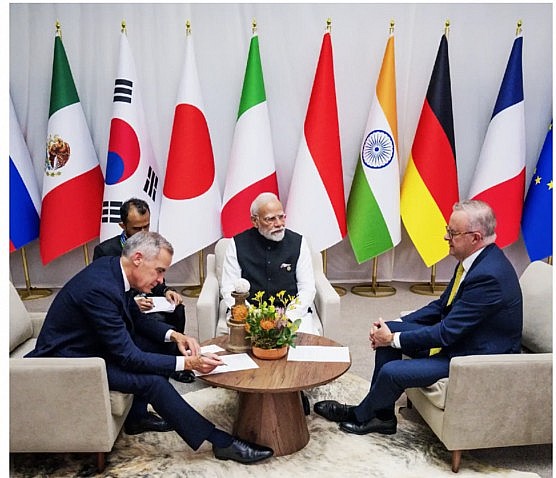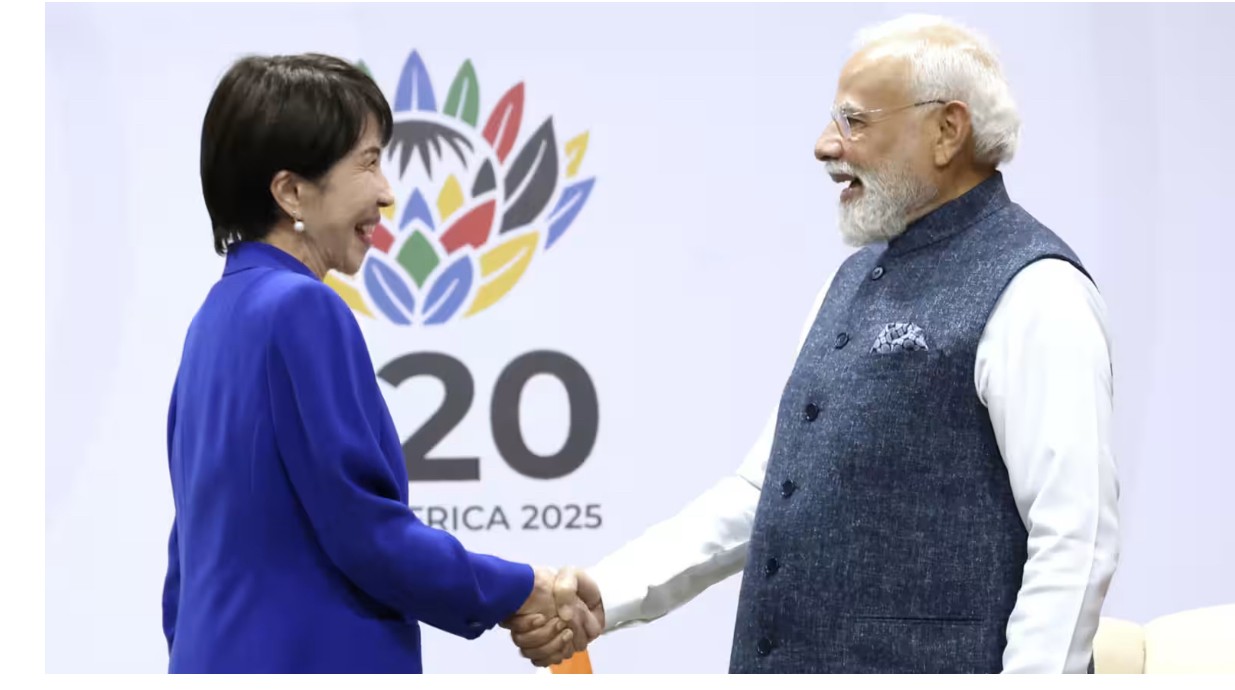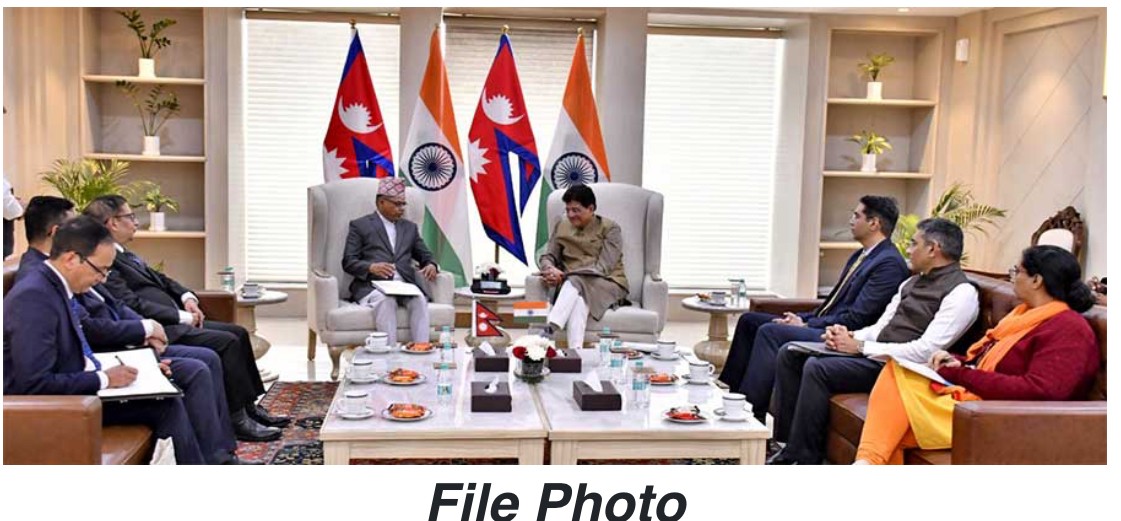Australia, Canada, India Enhance Cooperation in Technology
 |
Australia and Canada are custodians of abundant critical minerals essential for the batteries, electric vehicles, and digital infrastructure underpinning the green economy. India, meanwhile, represents a manufacturing powerhouse with a massive domestic market and growing expertise in AI and digital public infrastructure. Together, they form a synergistic ecosystem to accelerate clean energy technologies, diversify supply chains, and shape globally trusted standards.
Supply chain diversification is at the heart of this partnership. After the disruption following the COVID-19 pandemic and rising geopolitical tensions impacting the Indo-Pacific and beyond, it is clear that relying on concentrated sources for minerals or technology inputs poses systemic risks. ACITI’s focus on securing resilient value chains for lithium, cobalt, rare earths, and other critical materials not only cushions against shocks but also promotes responsible sourcing and circular economy practices aligned with sustainability goals.
Green energy innovation is another linchpin of the partnership. The three nations will collaborate on research, development, and deployment of renewable energy technologies — including hydrogen, energy storage, and advanced clean-tech systems. As Australia and Canada push ambitious net-zero targets, India’s vast energy demand and manufacturing capacity offer opportunities for scalable impact. This trilateral cooperation could set new global benchmarks for accelerating the energy transition while maintaining industrial competitiveness.
Charting Tech Ecosystem
The ACITI partnership also signals a geopolitical and techno-strategic agenda extending beyond mere economic cooperation. It enshrines a commitment to aligning approaches on AI governance and digital norms reflective of democratic values, inclusivity, and trust. In an era where technology standards and data governance often fracture along ideological lines, this cooperative framework provides a platform to promote responsible AI development and public-interest digital implementations.
For Australia, this is a chance to deepen ties with two democracies that share common priorities around an open, secure, and resilient technology ecosystem. India’s leadership in digital public infrastructure — demonstrated by its Digital Public Infrastructure (DPI) stack — along with advanced AI applications in public services, offers models that can be adapted or partnered with to benefit citizens across all three countries.
Officials are scheduled to convene early next year to craft a work program defining specific projects and collaborations, creating momentum for this trilateral cooperation to translate into tangible outcomes. Enhanced partnerships with industry, start-ups, and academia in critical sectors can further solidify this alliance’s impact.
What the Partnership Means for the Indo-Pacific
This trilateral agreement also has marked implications for the geopolitics of the Indo-Pacific region, where strategic uncertainty and economic competition are intensifying. Australia’s geographical position at the crossroads of the Indo-Pacific makes it a pivotal player in shaping the region’s future. Strengthening ties with India — a major Indo-Pacific power — and Canada, through a forward-looking tech and innovation pact, enhances regional stability and balances emerging strategic influences.
The partnership aligns with Australia’s Indo-Pacific strategic priorities, including fostering resilient supply chains, securing critical minerals, and advancing climate action. By working in tandem with India, Australia can bolster regional infrastructure development and digital connectivity, contributing to a more integrated and prosperous Indo-Pacific.
Moreover, the initiative offers a democratic alternative to technology and supply chain dependencies on less transparent or authoritarian regimes, thereby reinforcing a rules-based regional order. With India’s increasing role in regional security dialogues and Canada’s global commitment to multilateralism, ACITI adds a new dimension to cooperative diplomacy in the Indo-Pacific.
The Road Ahead
While the partnership’s promise is significant, operationalizing such trilateral cooperation will require overcoming substantial challenges. Aligning regulatory frameworks, harmonizing standards, and managing competing industrial interests across three countries is complex. Ensuring equitable benefits, particularly for India’s emerging innovation ecosystem, will be key to sustaining enthusiasm and mutual trust.
Financing and coordination of joint R&D initiatives and infrastructure projects will also demand sustained governmental and private-sector engagement. The establishment of clear governance mechanisms and periodic ministerial or leader-level reviews can help maintain momentum and accountability.
The success of ACITI will hinge on its ability to move beyond declarations to implementing joint projects that demonstrate tangible impacts on green growth, critical minerals security, and AI applications to everyday public services. This partnership could become a pioneering template for technology cooperation among democracies globally.
For Australia, ACITI strengthens its global technology and innovation footprint, diversifies economic partnerships beyond traditional Western spheres, and secures access to vital resources underpinning next-generation industries. It reinforces Australia’s commitment to climate leadership while linking its abundant natural resources with global clean-tech innovation hubs.
Recommended
 World
World
India’s package for exporters signals confidence in Southeast Asia markets
 World
World
Japanese PM Sanae Takaichi and Indian PM Narendra Modi agree to deepen Japan-India cooperation
 World
World
PM Modi underscores "shared commitment to global progress and prosperity" at G20 Leaders' Summit in Johannesburg
 World
World
Bridges beyond borders: India’s supports Nepal’s growth, tourism, and cricket dream
 World
World
Russia 'Actively Preparing' For Putin's India Visit: Kremlin
 World
World
